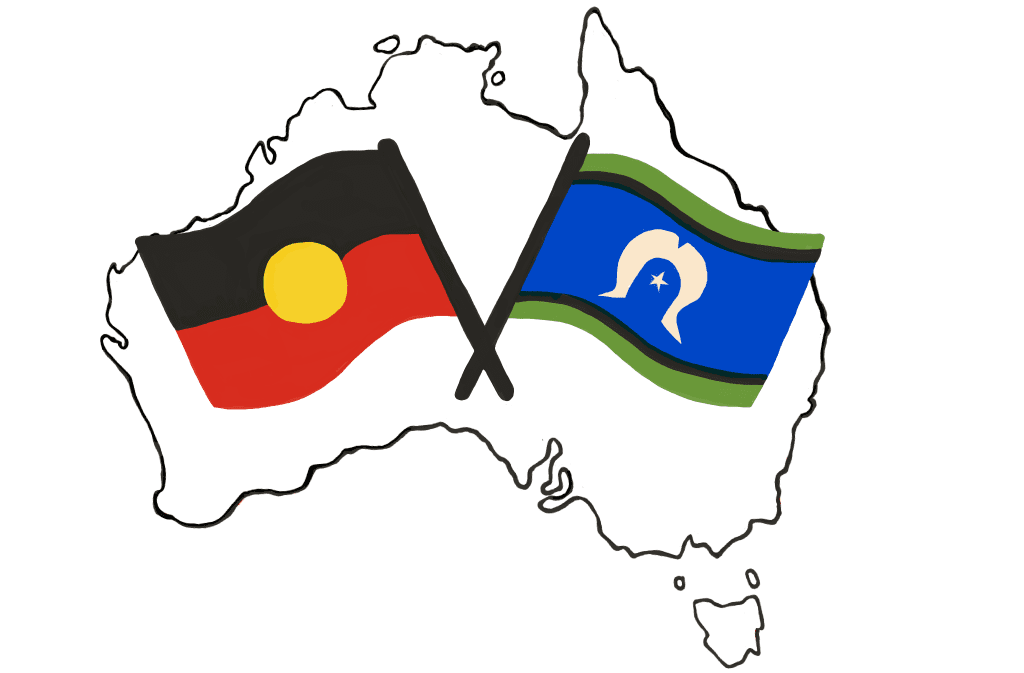In a world marked by rapid technological advancements and an increasing disconnection from nature, an indigenous perspective offers profound wisdom and insights into our interconnectedness with the world around us. Rooted in ancient traditions and wisdom, indigenous cultures have long recognised the significance of the 5 Levels of Connection: self, other, mother earth, purpose, and spirit/ancestors. These levels provide a holistic framework that enables individuals to understand their place in the world, their responsibilities, and the essence of being human. In this blog post, we will delve into each level and explore the indigenous perspective on what it means to be deeply connected.
1: Self – The Journey Within
An indigenous perspective emphasises the importance of self-awareness and self-discovery. It encourages individuals to embark on an inner journey, exploring their emotions, thoughts, strengths, and weaknesses. By understanding ourselves at a deeper level, we can cultivate self-love, acceptance, and personal growth. Indigenous teachings often stress the interconnectedness of our inner world with the outer world, recognising that true harmony with others and nature begins with harmony within ourselves.
2: Other – Building Relationships
Once we have achieved a level of self-awareness, an indigenous perspective encourages us to forge meaningful connections with others. Indigenous cultures value community, cooperation, and interdependence. They recognise that our relationships with family, friends, and even strangers play a crucial role in our well-being and collective growth. By fostering empathy, respect, and compassion for others, we nurture a sense of interconnectedness that strengthens both individuals and communities.
3: Mother Earth – Our Sacred Home
Indigenous cultures revere Mother Earth as a living, sacred entity. They view the natural world not merely as a resource to be exploited but as a provider of life, wisdom, and spiritual nourishment. Indigenous wisdom teaches us to develop a profound relationship with nature, recognising that we are part of an intricate web of life. By honouring and respecting the Earth’s ecosystems, flora, and fauna, we can restore balance, protect biodiversity, and ensure a sustainable future for generations to come.
4: Purpose – Embracing our Unique Path
Finding and fulfilling our purpose is a vital aspect of the indigenous perspective. Indigenous cultures believe that every individual possesses unique gifts and talents, which are meant to be shared for the greater good. By aligning ourselves with our true purpose, we contribute to the well-being of our communities and the Earth as a whole. Indigenous teachings encourage us to listen to our inner calling, connect with our passions, and use our abilities to create positive change.
5: Spirit/Ancestors – Honouring the Past, Connecting with the Divine
The indigenous perspective acknowledges the presence of the spiritual realm and the wisdom of our ancestors. Indigenous cultures often engage in practices that connect them with their lineage and the spirits of their ancestors. By acknowledging and honoring the guidance and wisdom of those who came before us, we tap into a deeper understanding of ourselves and our place in the world. Indigenous spirituality teaches us to be humble, to seek guidance from the spiritual realm, and to walk in harmony with the natural and supernatural forces that surround us.
Conclusion
Embracing an indigenous perspective of the 5 Levels of Connection allows us to deepen our understanding of what it means to be human. By nurturing our self-awareness, building meaningful relationships, honouring the Earth, pursuing our purpose, and connecting with the spiritual realm and our ancestors, we cultivate a sense of interconnectedness that is essential for our well-being and the well-being of the planet. As we continue to navigate the complexities of the modern world, let us draw inspiration from indigenous wisdom and strive to live in


Comments are closed